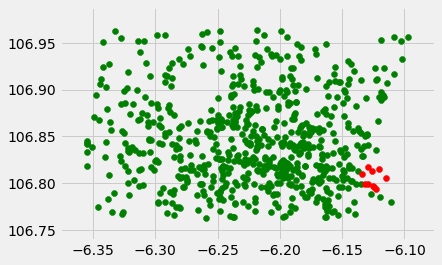对python周期性定时器的示例详解
一、用thread实现定时器
py_timer.py文件
#!/usr/bin/python
#coding:utf-8
import threading
import os
import sys
class _Timer(threading.Thread):
def __init__(self, interval, function, args=[], kwargs={}):
threading.Thread.__init__(self)
self.interval = interval
self.function = function
self.args = args
self.kwargs = kwargs
self.finished = threading.Event()
def cancel(self):
self.finished.set()
def run(self):
self.finished.wait(self.interval)
if not self.finished.is_set():
self.function(*self.args, **self.kwargs)
self.finished.set()
class LoopTimer(_Timer):
def __init__(self, interval, function, args=[], kwargs={}):
_Timer.__init__(self, interval, function, args, kwargs)
def run(self):
while True:
if not self.finished.is_set():
self.finished.wait(self.interval)
self.function(*self.args, **self.kwargs)
else:
break
def testlooptimer():
print("loop timer")
if __name__ == '__main__':
t = LoopTimer(3.0,testlooptimer)
t.start()
二、 使用
import py_timer
def serv_start():
#Perform first fork.
try:
thread_timer = py_timer.LoopTimer(timeout, start_timer)
thread_timer.start()
thread_timer.cancel() #
except Exception, ex:
print("daemon: %s %s", type(ex), ex)
def start_timer():
print 'hello'
以上这篇对python周期性定时器的示例详解就是小编分享给大家的全部内容了,希望能给大家一个参考,也希望大家多多支持【听图阁-专注于Python设计】。

